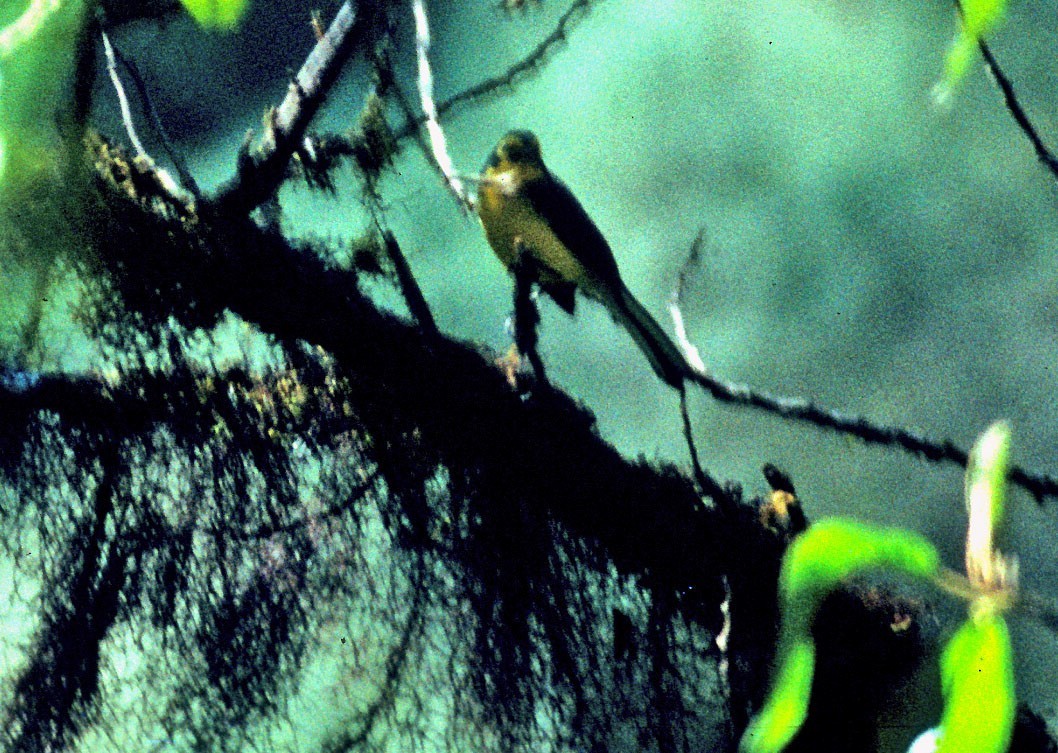Spectacled Whitestart
A species of Whitestarts Scientific name : Myioborus melanocephalus Genus : Whitestarts
Spectacled Whitestart, A species of Whitestarts
Botanical name: Myioborus melanocephalus
Genus: Whitestarts
Content
Description General Info
 Photo By Don Roberson
Photo By Don Roberson Description
The spectacled whitestart generally weighs between 10 and 13 grams, and is between 13 and 13.5 centimetres (5.1 and 5.3 in) long. The species has a black face and crown, while the nape of the neck and the back are grey. The tail is largely black, but the outermost feathers have some white on them. The underside of the throat, from the throat to the tail, is yellow. The undertail coverts are white. The beak and the legs are black, while the iris is dark. Males and females are indistinguishable. Juveniles have grey on the head and back, and have an underside that is paler yellow. The species has prominent yellow "spectacles" on the face formed by a ring around the eye and a stripe running under the lores, which give the bird its name. Relative to the nominate subspecies, M. melanocephalus melanocephalus, the subspecies M. m. bolivanus is slightly smaller, and is paler in the coloration of its underside. The black region on the face is more extensive in M. m. malaris. M. m. griseonuchus also has more extensive black on its face, to a similar extent as M. m. malaris, but also has a tiny patch of rufous brown on its crown. M. m. ruficoronatus has a larger rufous patch, but is otherwise similar to M. m. melanocephalus in the rest of its coloration. 
Size
14 cm
Nest Placement
Shrub
Feeding Habits
Spectacled Whitestart primarily consumes insects and other arthropods, foraging across various levels, favoring canopies and bush tops. It employs gleaning and flycatching techniques, often using distinctive wing droops and tail flicks to flush prey, which it chases mid-flight. Unique aggression is seen towards M. miniatus in shared territories.
Habitat
The spectacled Whitestart predominantly resides in humid montane forests, including specialized environments such as elfin and cloud forests. They are also known to inhabit forest edges and adjacent scrub areas. These birds prefer regions rich in elfin and Polylepis vegetation, typically found near the upper tree-line of these mountainous habitats.
Dite type
Insectivorous
General Info
Feeding Habits
Bird food type

 Photo By Don Roberson
Photo By Don Roberson Scientific Classification
Phylum
Chordates Class
Birds Order
Perching birds Family
New world warblers Genus
Whitestarts Species
Spectacled Whitestart